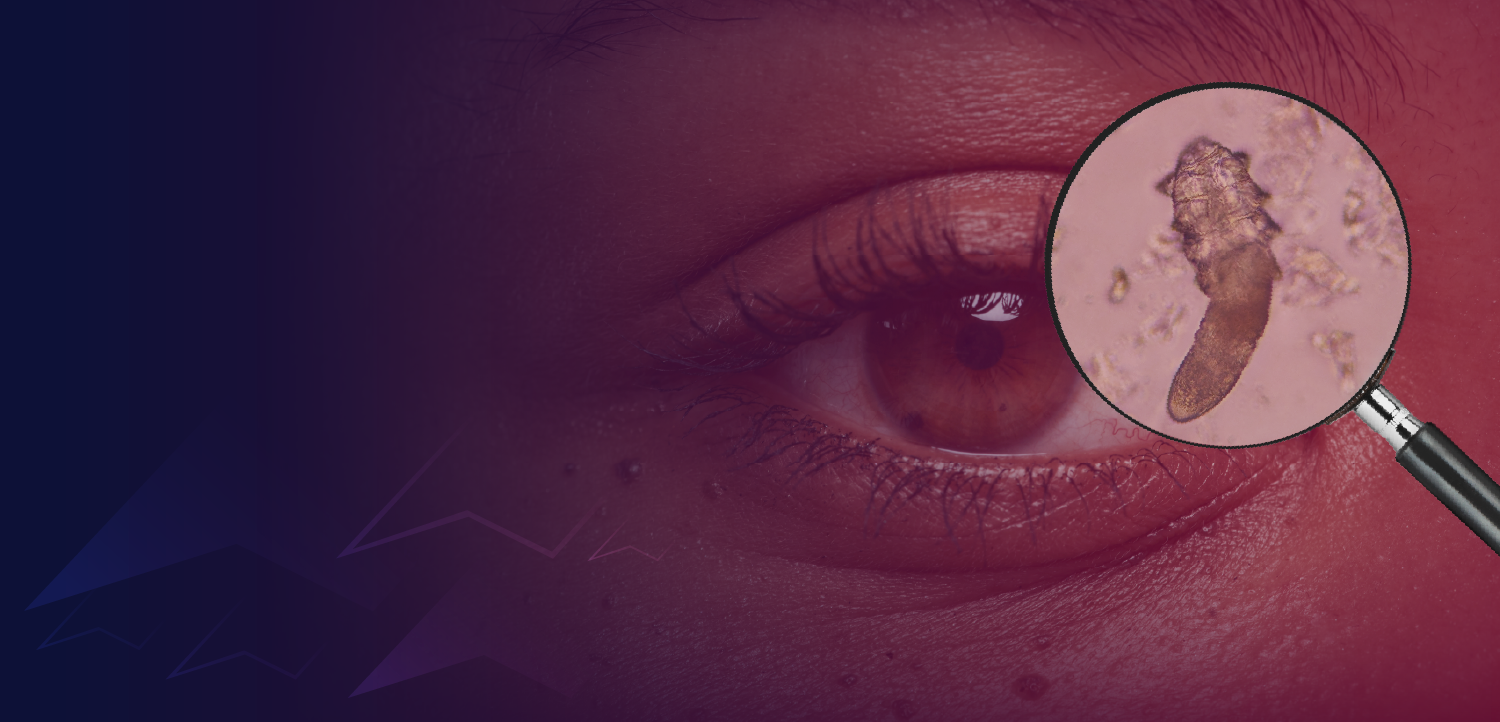
FDA approves agreement modification for Ocular Therapeutix to amend Special Protocol Assessment for AXPAXLI
The agreement redefines participant requirements and a slightly increased daily release of the drug, which is currently in a Phase 3 clinical trial.
Ocular Therapeutix announced January 25 that the US Food and Drug Administration (FDA) has agreed to a Special Protocol Assessment (SPA) Agreement Modification for the company’s Phase 3 SOL clinical trial of AXPAXLI, also known as axitinib intravitreal implant, or OTX-TKI.1
The drug, intended for the treatment of wet age-related macular degeneration (wet AMD), “is an investigational bioresorbable, hydrogel implant incorporating axitinib, a small molecule, multi-target, tyrosine kinase inhibitor with anti-angiogenic properties, being evaluated for the treatment of wet AMD and other retinal diseases,” according to a news release.
“With the changes reflected in the SPA Agreement Modification agreed to by the FDA, we believe we can accelerate the enrollment process for the SOL trial,” said Antony Mattessich, CEO of Ocular Therapeutix, in the release. “We have worked closely with the FDA to ensure that the SOL trial meets the agency’s updated guidance for wet AMD clinical trials, and we are eager to advance our engagement with clinical sites to enroll this trial under these new criteria."
The FDA’s agreement modification allows Ocular Therapeutix’s trial to include treatment-naïve wet AMD subjects with visual acuity of 20/80 or better at the initial screening visit. Participants will then receive 2 aflibercept injections during the screening period. To qualify for trial enrollment, participants will then need to gain at least 10 ETDRS letters or achieve visual acuity of about 20/20 or better between the initial screening visit to the first day of the trial.1
Additionally, AXPAXLI will be studied at a slightly higher daily release compared to original trials. The drug can now be administered with a single optimized implant with a drug load of 450 µg of a more soluble form of axitinib. “This optimized configuration is expected to provide for a slightly increased daily release of the drug and is designed to improve synchronization of axitinib drug depletion with hydrogel bioresoption,” the release said.
During the drug’s Phase 1 clinical trial, AXPAXLI “maintained vision and [central subfield thickness, or] CSFT comparable to aflibercept every eight weeks, with 89% reduction in treatment burden over a 12-month period,” according to a news release from June 2023. Approximately 73% of participants required either no or 1 anti-vascular endothelial growth factor injection through month 12 of the trial. The trial enrolled 21 participants at 6 different clinical sites in the US. There were also no drug-related ocular or systemic serious adverse events through month 12 of the trial.2
AXPAXLI is also in a Phase 1 clinical trial for the treatment of diabetic retinopathy. The drug is one of Ocular Therapeautix’s handful of early-stage development assets, including PAXTRAVA, also known as travoprost intracameral implant or OTX-TIC), OTX-CSI or cyclosporine intracanalicular insert, and OTX-DED or dexamethasone intracanalicular insert. PAXTRAVA is currently in a Phase 2 clinical trial for the treatment of ocular hypertension, and both OTX-CSI and OTX-DED have completed Phase 2 clinical trials.
References
Ocular Therapeutix announces FDA agreement to amend Special Protocol Assessment (SPA) for pivotal clinical trial of AXPAXLI in wet AMD. Ocular Therapeutix. Press Release. Published January 25, 2026. Accessed January 26, 2024.
Ocular Therapeutix announces 12-month topline data from ongoing US-based phase 1 clinical trial evaluating OTX-TKI for treatment of wet AMD. Ocular Therapeutix. Press Release. Published June 10, 2023. Accessed January 26, 2024. https://investors.ocutx.com/news-releases/news-release-details/ocular-therapeutixtm-announces-12-month-topline-data-ongoing-us
Newsletter
Want more insights like this? Subscribe to Optometry Times and get clinical pearls and practice tips delivered straight to your inbox.

















































.png)


